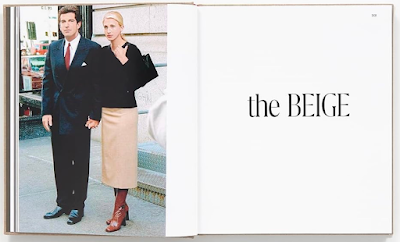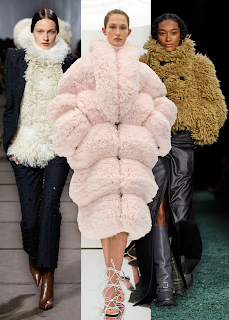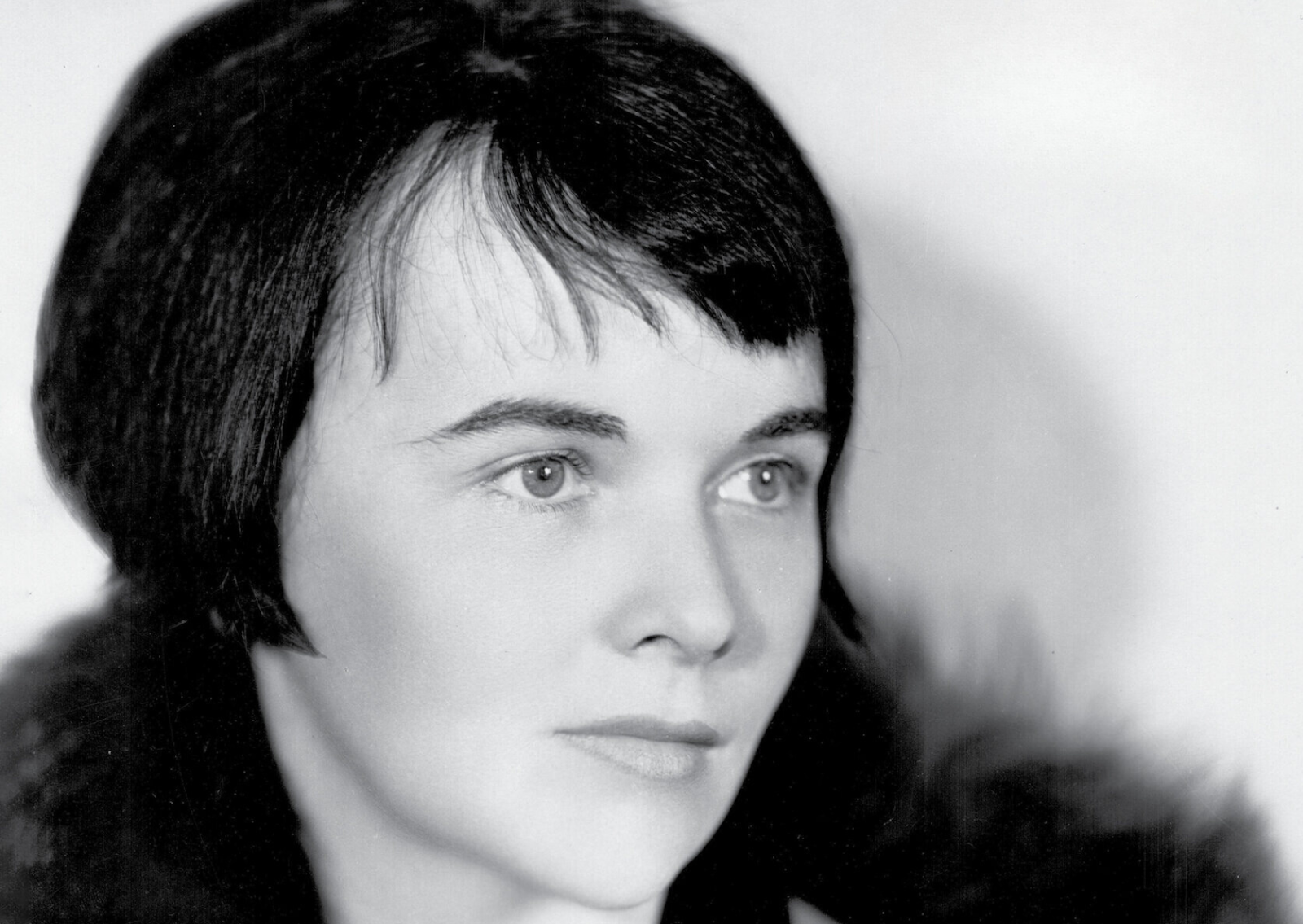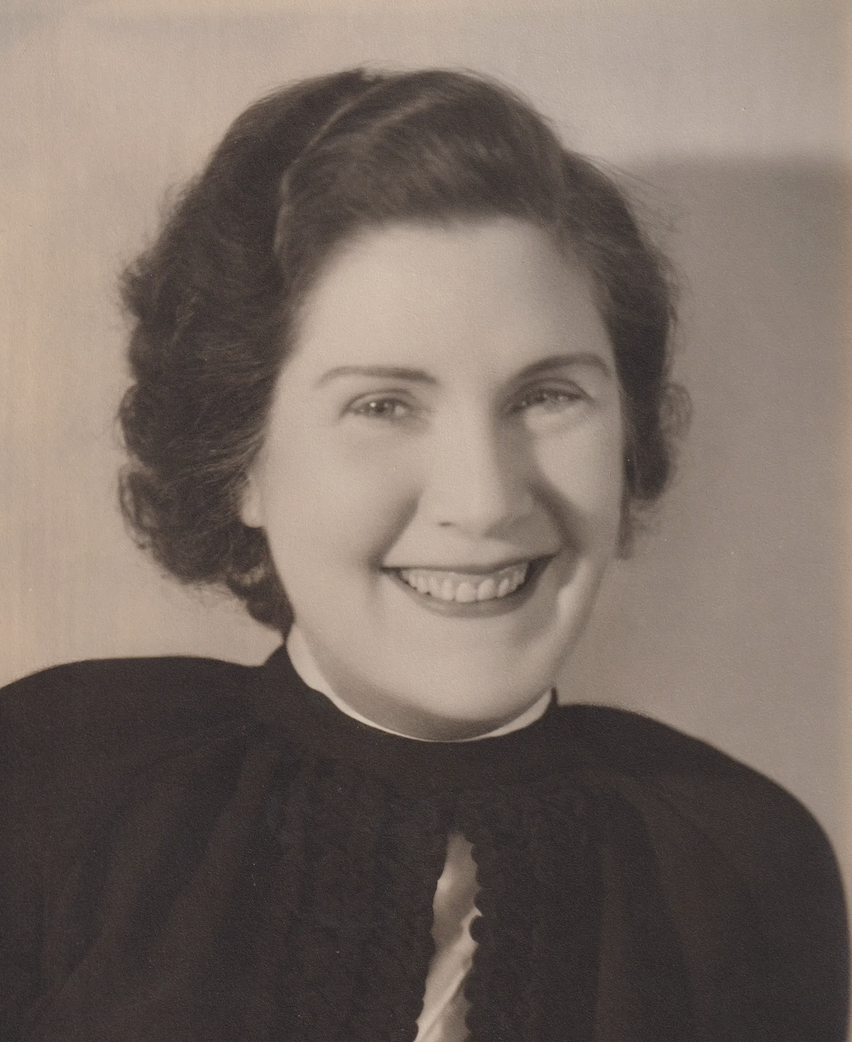It came as no surprise (but still a shock) that one of the few US outposts of the retailer COS has closed its doors in Houston. A friend and I had just enjoyed a lovely lunch and were about to visit COS, across the way from our restaurant in a tony Houston shopping center. This had been the only COS in town and was (until it flew the coop) one of only 13 in North America. There are 4 in the metropolitan New York area and 3 in California (although one of them may have shuttered as well). Atlanta is the only COS in the South.I've written about COS before. You can copy and paste:
https://allwaysinfashion.blogspot.com/2019/09/cos-you-make-it-hard-to-love-you.html
It's not always been easy, but over the years (trying on multitudes and choosing carefully) I've managed to find unusual pieces that I still love and wear. From the get-go I've thought Houston—and this particular shopping center—was an odd choice for COS.
The newly built River Oaks District is a high-polloi pedestrian-friendly concoction of shopping, dining and residential high rises. Retail ranges from expensive to astronomical (Hermes, Dior, Harry Winston, Dolce & Gabbana, Van Cleef & Arpels, Bruno Cucinelli, Diptyque, Balmain, Etro etc.). Except for the restaurants it's almost always deserted. I can enjoy wandering through "museums with price tags", but wishful shopping is not easy when you are so pointedly the only person in the store (and you are buzzed in to boot).
 |
| Houston's River Oaks District |
Compared to these other meccas of retail, COS was a bargain. At first glance much of what COS sells might be called "boring". But everything has a bit of a twist, sometimes literally. Think if Calvin Klein had kept to his spare minimalism of the '90s but morphed into forward-thinking 21st century shapes.
Someone must have sold COS corporate a bill of goods luring them to the River Oaks District. Their core customer (fashion savvy but dollar conscious) doesn't really shop there. COS would have fared so much better in the mall, close by Zara, or in the other free-standing center with tenants such as Anthropologie and Lululemon. I don't think the typical River Oaks District customer knew what to make of them. As they never advertised, few others even knew the brand existed.
In conclusion...is there one? Many brick and mortars are closing. I've seen branches of Ann Taylor, GAP and Talbots leave my own local small center, to be replaced by high end restaurants and paid parking (never conducive to shopping on pure principle).
 |
| COS at Nordstrom... |
It's come to my attention while doing research that COS is now being sold at Nordstrom, both online and (selected items) in stores. The company has decided to move into wholesale rather continue with unprofitable stand-alone stores. My thought is if they had picked the right locations they wouldn't be in this pickle. They do say location-location-location for a reason!
I can still shop online at COS and probably will. They should expect a LOT of returns.















































